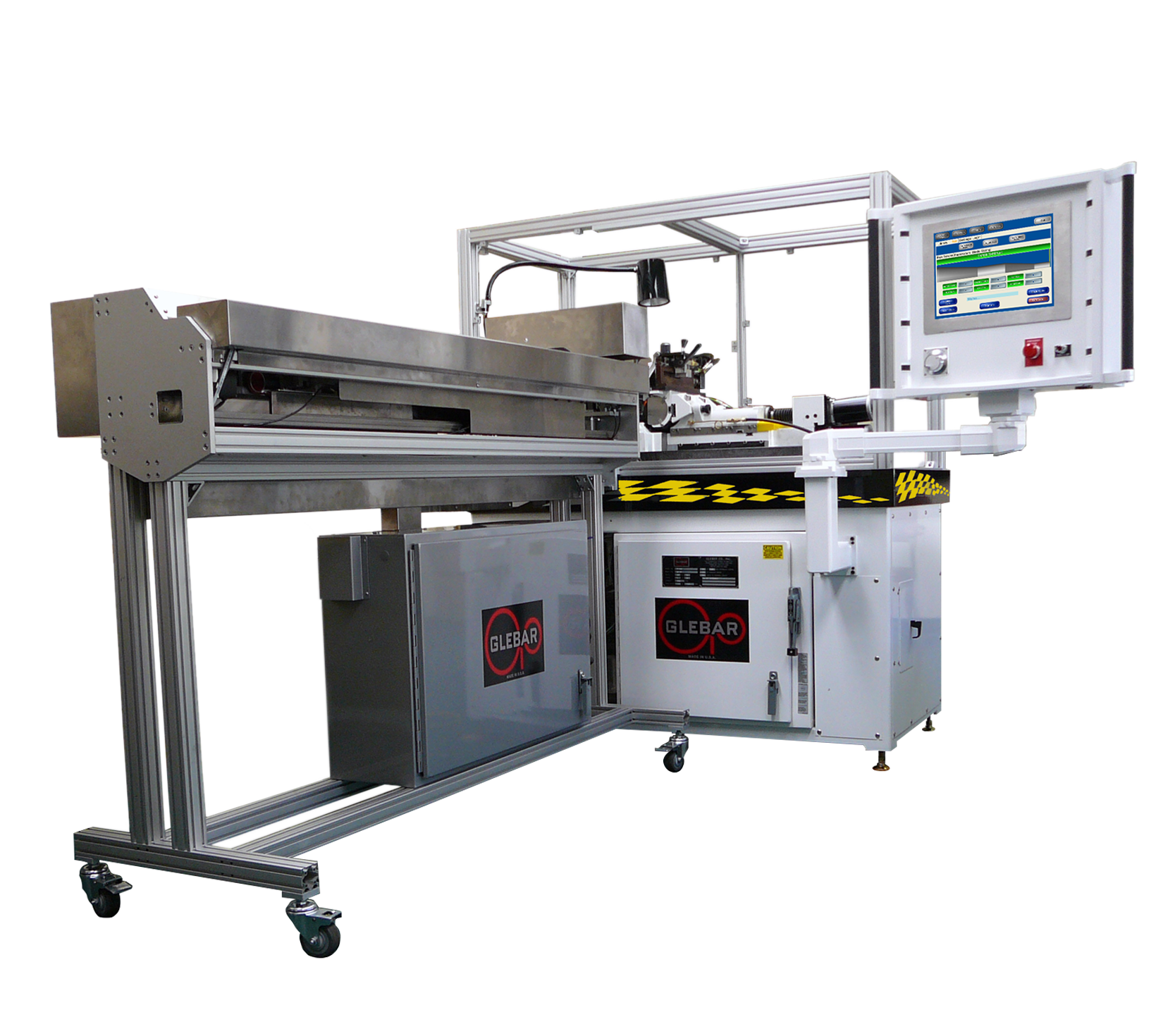Current Process
Wheel balancing is crucial to achieving a good surface finish on the workpiece and is critical to the spindle bearing life. A technician balances the wheel using an offline, static system manually moving weights. The process is time-consuming, taking 30 to 45 minutes, delaying setup and production. The results are varied and not repeatable.
Challenge
Significantly reduce setup time, changeover time, and the variability of results driven by manual wheel balancing.
Automated dynamic balancing is more precise ensuring the machine repeatedly produces a high-quality surface finish.
The balanced wheel lasts longer and doesn’t need to be dressed as frequently increasing productivity.
The same technician who operates the machine can now balance the wheel successfully in as little as 5 minutes, regardless of skill level.
HMI display indicates the real-time balance conditions allowing technicians to predict when the wheel needs to be rebalanced before the surface finish degrades.
Explore | GT-9AC Micro Grinding Machines

GT-9AC
The GT-9AC is designed to grind medical guidewires with multiple tapers, paddles, and even parabolic shapes, with the ability to update the linear position of the wire every 0.00025″ (0.006 mm) at grinding speeds superior to traditional centerless grinding.



